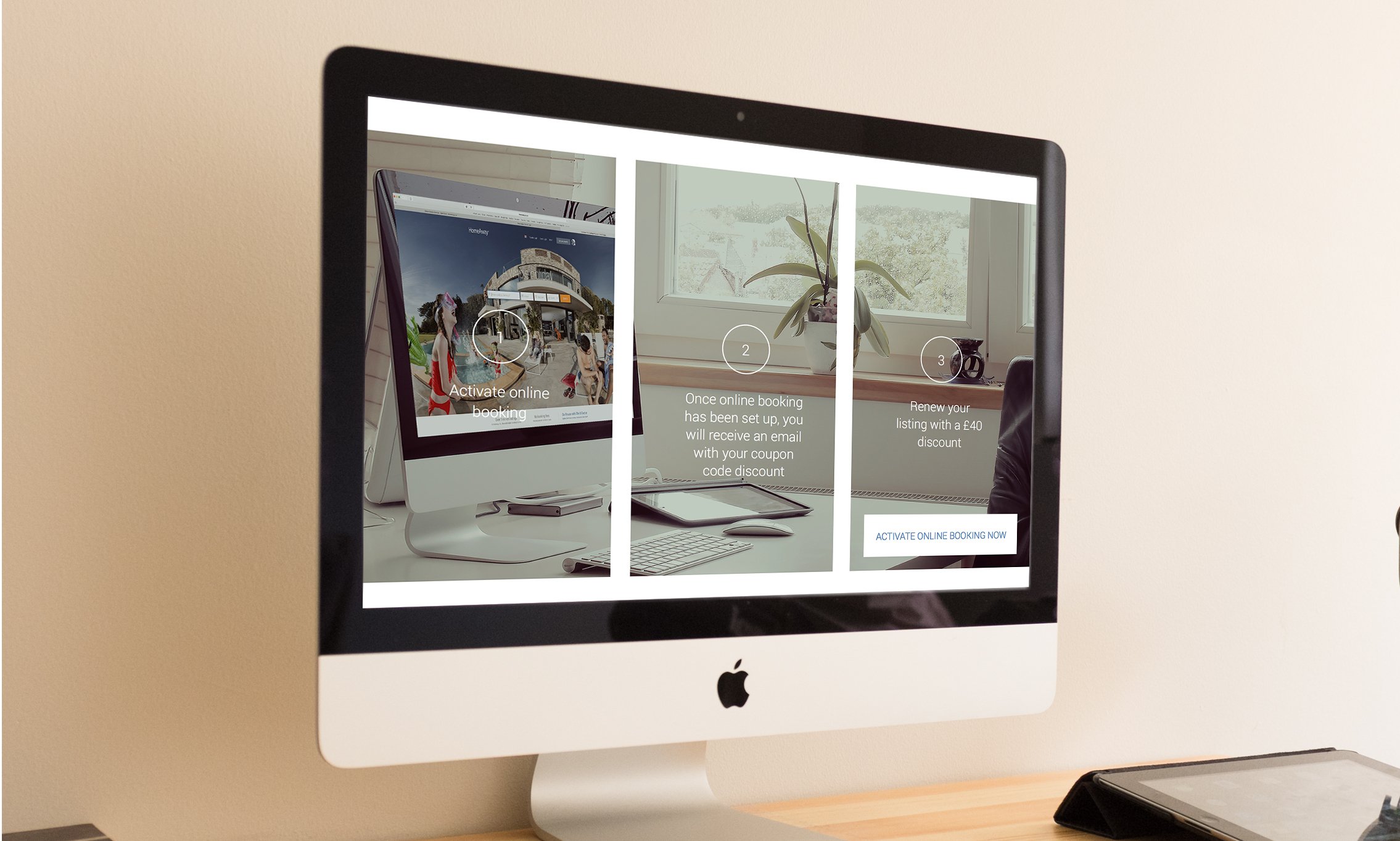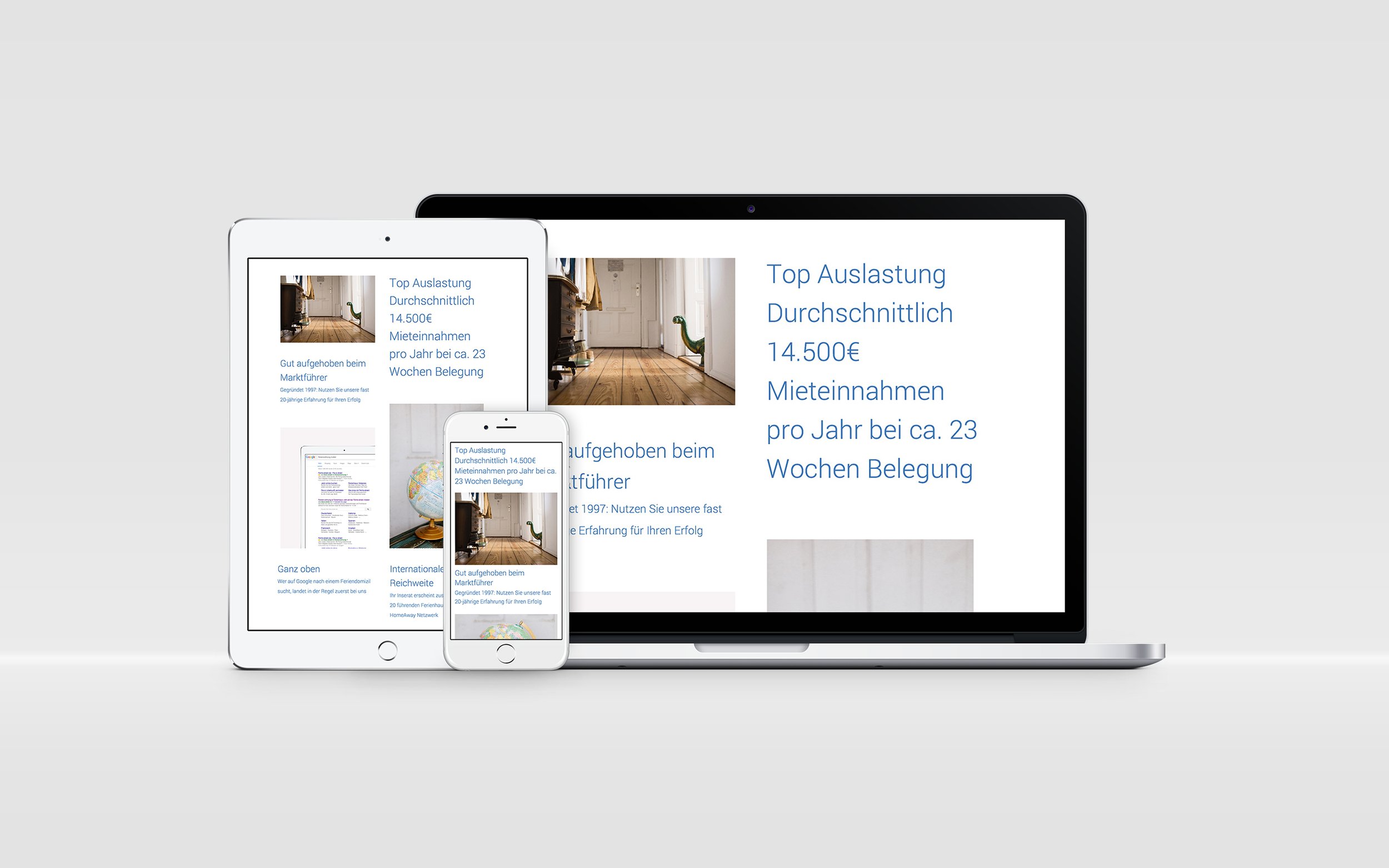HomeAway
HomeAway was founded in 2005 as an online vacation rental marketplace, connecting property owners with travelers seeking temporary housing. In 2015, HomeAway was acquired by Expedia Group and was later rebranded as Vrbo (pronounced "ver-bo") in 2019.
As a design manager, my role were two:
1. Ensure that all sub-companies under the HomeAway/Vrbo umbrella had a cohesive and consistent design language that made them look like part of the same family. This involved creating a design system that could be applied to each sub-brand, incorporating similar typography, colors, and other visual elements to create a unified brand identity across all platforms.
2. Scaling the design team to meet the demands of redesigning multiple sub-companies.
The challenge
To redesign multiple sub-companies under the HomeAway/Vrbo umbrella to create a cohesive and consistent digital identity while maintaining their individual brand identities.
The result
The redesign created a more consistent and recognisable brand across all platforms, improving the user experience for customers, and receiving positive feedback from stakeholders, which helped to drive business growth and improve customer loyalty.
The opportunity
To create a stronger and more recognizable brand for HomeAway/Vrbo, improving customer satisfaction and driving business growth.
Design principles
Consistency
By emphasising the importance of using consistent design elements to create a cohesive and consistent digital identity across all platforms.
Scalability
By emphasising the importance of designing systems that can grow and adapt over time as the company expands, while maintaining consistency and quality.
Flexibility
By emphasising the importance of creating a design system that is adaptable and can accommodate variations in design elements while maintaining overall brand consistency.
As the design manager, my primary responsibility was to ensure that all sub-companies under the HomeAway/Vrbo umbrella had a cohesive and consistent digital identity that made them feel like part of the same family.
This involved developing a design system that could be applied to each sub-brand, incorporating similar typography, colors, and other visual elements to create a unified brand identity across all platforms.









